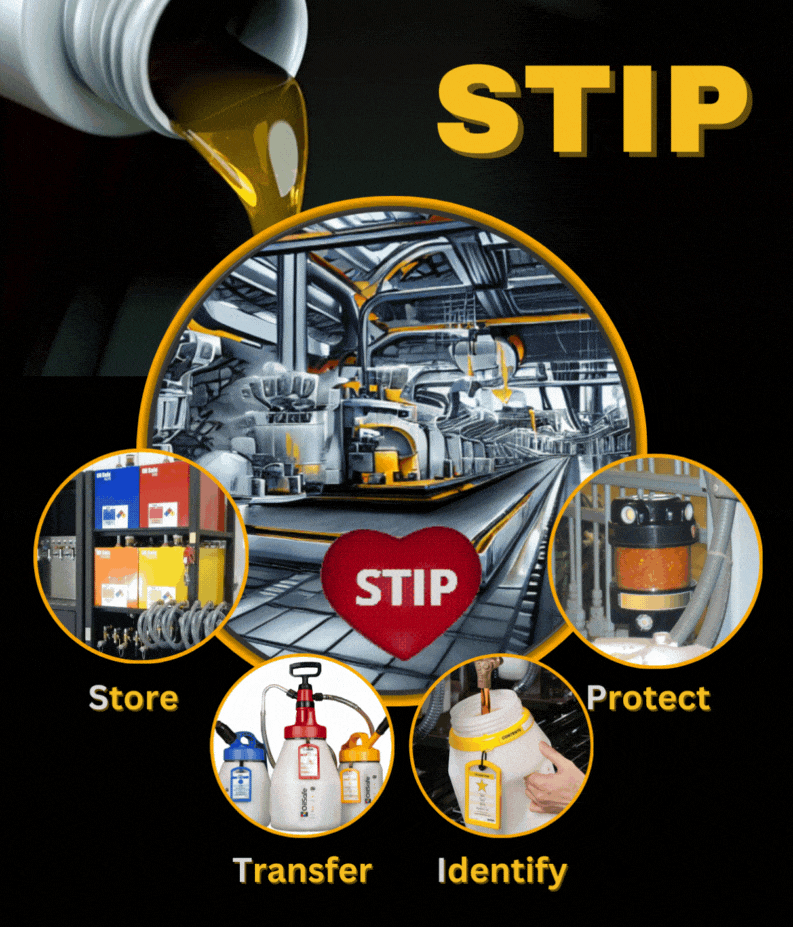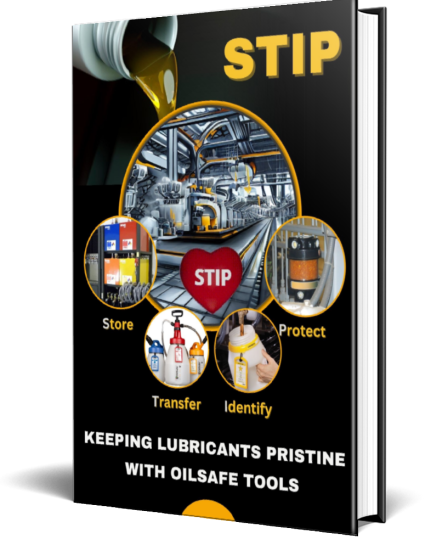
STIP
The STIP acronym stands for Store, Transfer, Identify, and Protect, representing a comprehensive and strategic approach to the management of lubricants and fluids within industrial machinery. This concept has revolutionized the way industries handle lubrication, ensuring the seamless operation and longevity of machinery across various sectors.
Store
The first element of STIP emphasizes the importance of proper storage for lubricants and fluids. This involves creating designated storage areas with controlled environmental conditions to prevent contamination and degradation of the lubricants over time. By storing lubricants correctly, industries can maintain their integrity and extend their useful life.
Transfer
Efficient and contamination-free transfer of lubricants is vital for maintaining machinery performance. The transfer phase focuses on employing specialized equipment and techniques to move lubricants from storage to the machinery in a controlled manner. Minimizing exposure to external contaminants during this process is crucial to ensuring the lubricants' quality and effectiveness.
Identify
The identification aspect of STIP involves implementing clear and standardized labeling and color-coding systems for different types of lubricants. This helps prevent cross-contamination by ensuring that the right lubricant is used for each specific machinery application. Proper identification also streamlines maintenance processes, reducing the risk of errors and enhancing overall efficiency.
Protect
Protection is at the core of the STIP concept. Lubricants are the lifeblood of machinery, and safeguarding them from contamination, moisture, and external pollutants is essential. This protection is achieved through advanced technologies such as desiccant breathers, which create a closed system that prevents airborne particles and moisture from infiltrating the machinery's lubricant reservoirs. By maintaining a clean and controlled lubricant environment, industries can significantly extend the lifespan of their machinery.
Incorporating the STIP approach into machinery maintenance offers a range of benefits. It reduces operational downtime by minimizing unscheduled maintenance due to lubricant-related issues. Moreover, it contributes to cost savings by optimizing the usage of lubricants, reducing wastage, and enhancing machinery efficiency. This approach also aligns with sustainability goals, as it reduces the need for frequent disposal of contaminated lubricants.
In essence, the STIP concept represents a paradigm shift in how industries manage lubrication and fluid processes. It emphasizes precision, cleanliness, and a proactive approach to maintenance, all of which ultimately lead to improved machinery performance, reduced maintenance costs, and increased operational reliability. As industries continue to evolve, the STIP concept stands as a cornerstone of efficient and effective machinery management.

